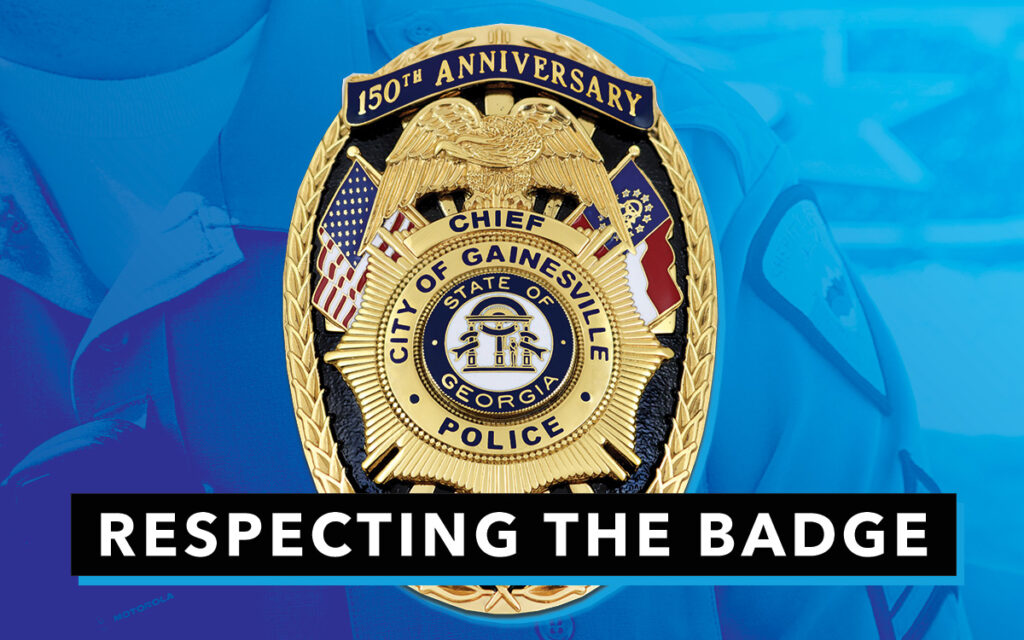Badge Etiquette and Protocol: Wearing and Displaying with Respect
March 7th, 2024
Badges and insignia hold a special place in various professional and ceremonial settings. They symbolize achievements, affiliations, and positions of authority. Understanding the proper etiquette and protocol associated with wearing and displaying badges is essential to show respect for the symbols and the traditions they represent. In this article, we’ll provide guidance on the correct way to wear and display badges, especially in professional and ceremonial contexts.
The Importance of Badge Etiquette
Badge etiquette is not just a set of rules; it’s a mark of respect for the institution, organization, or position that the badge represents. Proper badge etiquette helps maintain a sense of order, professionalism, and reverence in various settings. Here are some key aspects of badge etiquette and protocol:
1. Placement on Attire
Badges are typically worn on the left side of the chest or lapel. They should be positioned at a height where they are easily visible but not overpowering.
- Uniforms: In military, law enforcement, and other uniformed services, badges are usually worn on the uniform over the left chest pocket.
- Business Attire: In business and formal settings, lapel pins or badges are typically worn on the left lapel, close to the heart.
2. Proper Alignment
Badges should be aligned properly, both horizontally and vertically. They should be parallel to the ground and not tilted or crooked.
3. Order of Precedence
In settings where multiple badges or insignia are worn, there may be a specific order of precedence. This order is determined by the organization and should be followed meticulously. Higher-ranking badges or those representing specific achievements are usually placed higher or to the wearer’s right.
4. Avoid Clutter
While it’s important to display badges with pride, avoid overcrowding your attire with too many badges or pins. Choose the most relevant and significant ones to wear for a particular occasion.
Professional and Ceremonial Settings
In professional and ceremonial settings, badge etiquette takes on added significance. Here are some specific guidelines for such situations:
1. Formal Ceremonies
- During formal ceremonies, badges should be polished and well-maintained to reflect the solemnity of the occasion.
- Follow the prescribed order of precedence when wearing multiple badges, especially in military, law enforcement, or honor guard ceremonies.
2. Business Meetings
- In corporate or business meetings, badges or lapel pins should be discreet yet visible. Avoid flashy or distracting designs.
- If attending a meeting as a representative of an organization, wearing the organization’s badge or logo pin is appropriate.
3. Professional Associations
- When attending meetings or events hosted by professional associations or organizations, it is customary to wear the badge or lapel pin provided by the host.
- Wear your own professional affiliation badges or pins to identify your membership and expertise.
Respect for Tradition and Symbols
Above all, badge etiquette and protocol are about respecting tradition and the symbols that badges represent. Whether it’s a symbol of service, achievement, or affiliation, wearing and displaying a badge should always be done with reverence and a sense of honor.
Badge etiquette may vary between organizations and cultures, so it’s important to be aware of and follow the specific guidelines of the setting you’re in. By doing so, you not only show respect for the badge but also contribute to the professionalism and decorum of the environment.
In conclusion, badge etiquette and protocol are more than just rules; they are a means of demonstrating respect and reverence for the symbols and traditions associated with badges. Whether in professional or ceremonial settings, wearing and displaying badges correctly is a small but significant way of paying homage to the values they represent.
